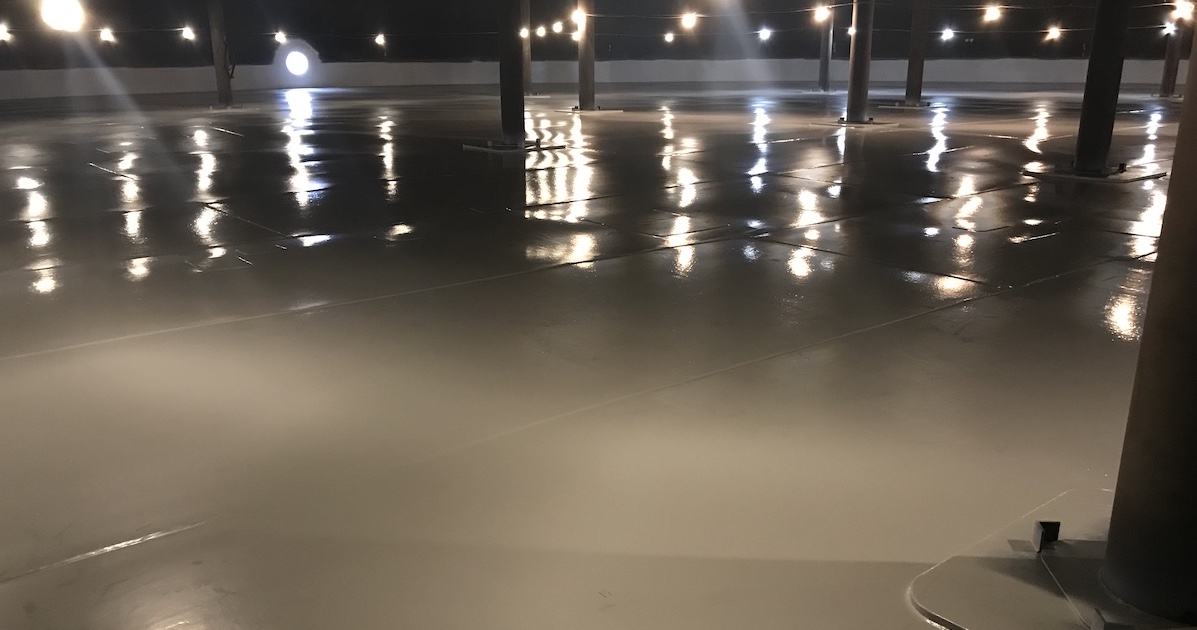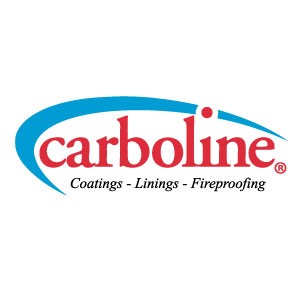
When the Clean Air Act was enacted it put pressure on volatile organic compound (VOC) emissions. The paint and coatings industry was forced to reformulate many paints and coatings used in the industrial, commercial, and architectural segments. While sometimes painful and costly, the regulations had positive results. We now have cleaner and fewer emissions, and in many cases, the resulting technology leap by raw material suppliers and coating formulators has brought the industry innovative products.
Liquid applied tank linings are used to protect tanks from corrosion, and cargo from contamination. For decades, the typical lining system consisted of two or more coats of spray-applied liquid coatings. Many of these older linings (some still in use) are solvent-based resin formulations. Solvents were used to thin the resin and aid in the application, film-forming process, drying, and curing of the film. Many contained 30-50% or more of solvent species. Solvents had to evaporate from the first coat or before any subsequent coats could be applied. Since ambient and substrate temperatures have a dramatic effect on how fast that process goes, applicators may have to provide additional heat and dehumidification to properly apply and cure these linings.
Newer lining technologies use solvent-free resins and sophisticated spray equipment. Heat is used to reduce viscosity and speed the cure of these products. Some coating formulations rely on plural-component spray equipment rather than batch mixing. This means only coating that is needed is used with no discards of unused material, meaning no costs for proper disposal of mixed or unused paint. Except for clean-up solvents (used regardless of method), there are no more solvents to evaporate into the atmosphere.
Another characteristic of new products is higher film-build properties. These solvent-free formulations are often applied at twice the film thickness resulting in many benefits:
- • There is no worry of solvent entrapment or improper cure issues.
- • The extra thickness provides a better barrier for the steel substrate, increasing service life.
- • Heavier film thickness can effectively "fill in" pitted areas of older tanks while providing the necessary protection.
- • These linings are better for the environment and can often be installed in a single coat. Labor savings of single versus double or triple coating can pay for extra material costs of thicker linings.
The cure response of these formulations can be adjusted to fit the need. Some fast-set formulas allow tanks to be placed in service in 24 hours or less compared to five to seven days with older linings. In addition, some of these newer products can cure at lower temperatures, meaning a longer painting season and reduced or eliminated heat-curing costs. Tank owners win in many ways when using thick film, solvent-free linings:
- • Lower installed costs
- • Lower VOC emissions
- • Thick film lining, longer service life
- • Fast turnaround
Heartache and grumbling over EPA regulations have transformed into innovative, less costly, longer-lasting, and environmentally responsible solutions.
This article was originally published in a slightly altered form in the March 2011 edition of BIC Magazine.

